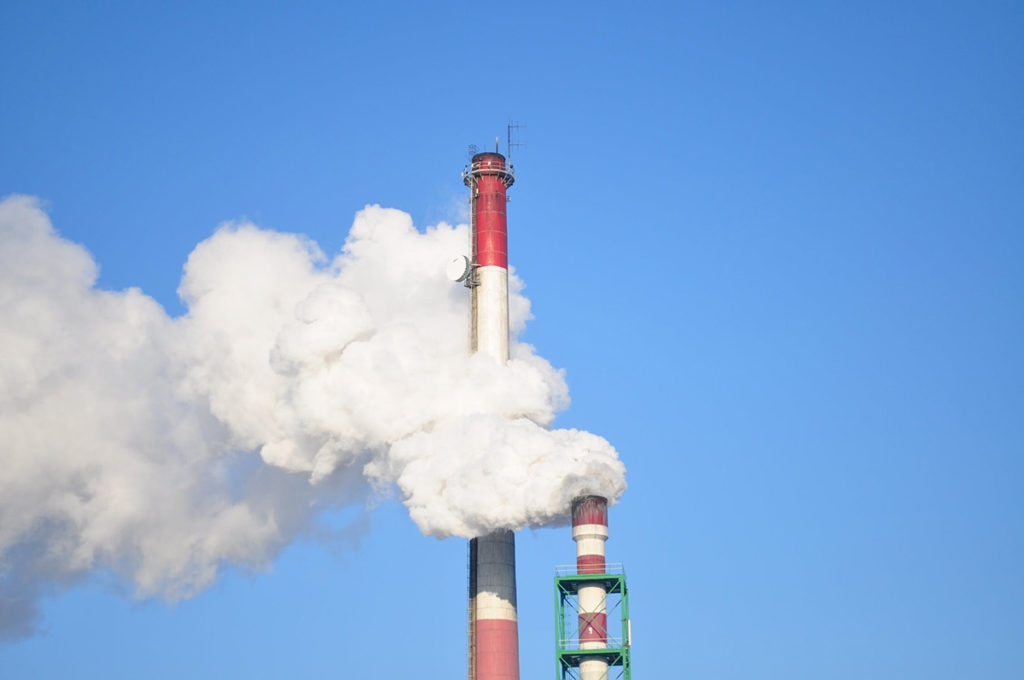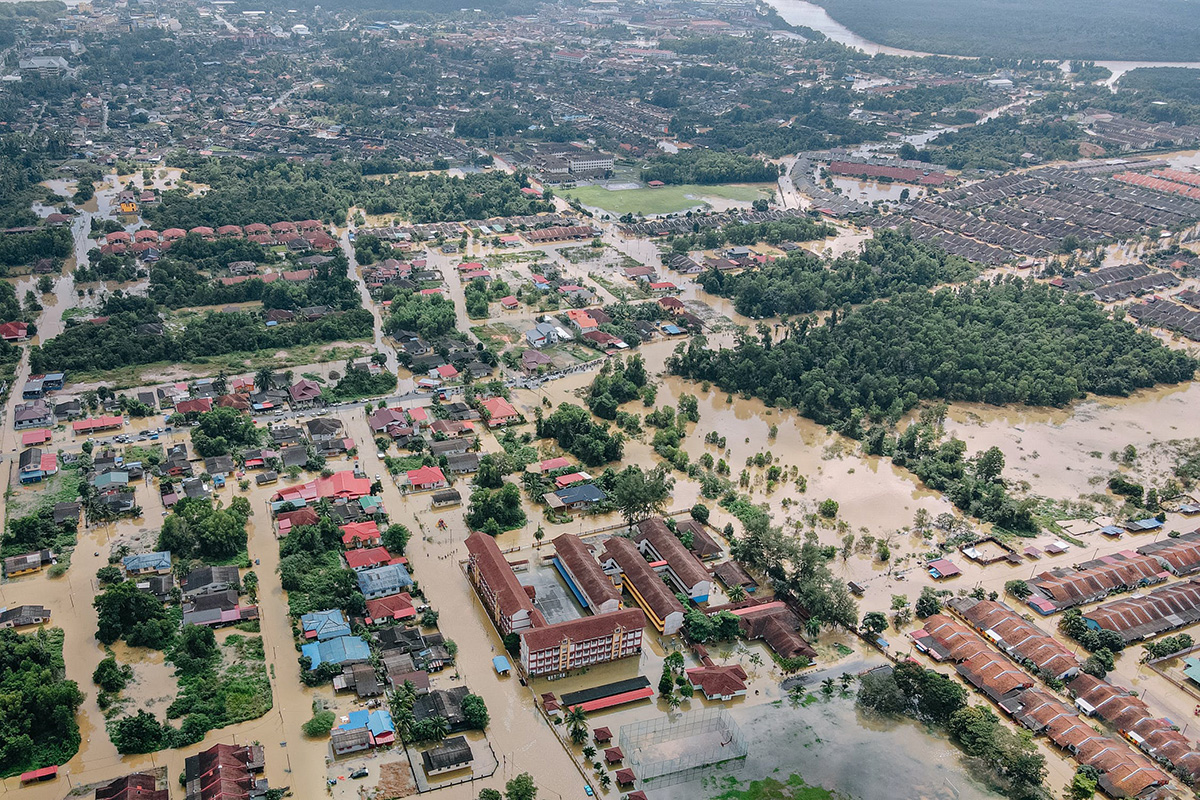Getting to Zero: Turning Off Carbon Emissions
- Go Green Go
-
Jun 07
- Share post

Picture a bathtub filled with water so much that it’s beginning to overflow. The problem is that water is still being added to the tub, even though it’s already full. If we reduce the inflow, it will slow the amount that’s spilling onto the floor, but it won’t stop it. The only solution is to shut the water supply off completely. Bill Gates uses this apt analogy for greenhouse gas emissions (the water) and our atmosphere (the tub) in his book, ‘How to Avoid a Climate Disaster: The Solutions We Have and the Breakthroughs We Need.’ It’s a simple illustration to show why we need to get to zero emissions of carbon dioxide and other greenhouse gases. Carbon remains in the atmosphere for hundreds of years, so we may as well consider it semi-permanent. Reducing the emissions is good, but our goal (and our plan) must be to eliminate them completely.
It’s best to suspend any opinion you may have of Mr. Gates himself, now that details of his personal life in relation to his marriage and divorce are coming to light. Yes, it’s possible that his carefully crafted image of a smart but nerdy nice guy may be out of sync with reality. But what he and others tell us about climate change is important information. And it’s spot-on in terms of the scope of the problem and how to address it. But to avoid concerns about the person versus the message, we will consider other sources as well. One is a United Nations Report called, ‘The race to zero emissions, and why the world depends on it.’ Another is a report by the International Energy Agency called, ‘Net Zero by 2050.’ There are plenty of others.
Why is getting to zero so important? In simple, straightforward terms, the earth is now 1.1°C warmer than it was at the start of the industrial revolution. The results – rising seas, stronger storms, higher temperatures, and extreme droughts and fires – are already evident. We are not on track to meet agreed targets in the 2015 Paris Agreement on climate change, which stipulated keeping global temperature increase well below 2 °C or at 1.5 °C above pre-industrial levels. Even at those levels, the results will be nearly catastrophic. The effects of temperature increases beyond this will be even worse. We must, therefore, redouble our efforts.
But why zero? Doesn’t it help to simply reduce the emissions? Yes, it does help, and there has been progress in some areas. The use of renewable energy, burning natural gas in place of coal, substituting alternative fuels, employing better fuel efficiency in transportation and buildings, and using nuclear energy are just some of the ways that we can reduce emissions. But each item comes with its own set of problems and concerns, and none of them, by themselves, will get us all the way to zero. And remember the bathtub analogy? Lower emissions may buy us time, but zero must be our final goal.
Intermediate goals are fine, but only to an extent. As an example, if we replace all of our coal-burning power plants with natural gas ones, our CO2 emissions would be cut by a significant percentage. However, with natural gas use increasing globally by 2.6 percent a year and with increased emissions from it outpacing decreased emissions from coal globally, we need to reevaluate the role of natural gas as a bridge fuel. Where it replaces coal for electricity generation, it’s reducing emissions and improving air quality. But it still produces some carbon pollution, and therefore slows, but does not solve, the climate crisis. Since it’s now providing new energy and new emissions in some cases, and preventing zero-emission solutions from being deployed in others (new gas-fired power plants last for decades), it is hindering climate solutions. A better goal would be to simply replace all fossil-fuel burning facilities with clean (renewable or nuclear) ones. It would take time, and an intermediate part of the goal could be achieved when say, half the plants are replaced.
The problem becomes more complicated when we consider all of the sources of emissions. When asked the primary cause of climate change, most informed Americans will answer, carbon dioxide emissions produced by automobiles and by burning fossil fuels for the production of electricity. Indeed, transportation and power generation are two major areas of concern. But others are just as important. Agriculture, especially beef production (where the methane is also a greenhouse gas of concern), manufacturing, and production of building materials, particularly cement, contribute emissions as well. Any comprehensive plan for getting to zero must take all sources into account.
Yes, getting to zero will be difficult. But if we work together, it won’t be impossible. And it must be done. We have no choice.
We can get a great deal of the way to zero emissions with current technology. But to get all the way, we will need some technological breakthroughs. For example, renewable energy, like wind and solar energy sources is great and should be pursued. But wind and solar alone won’t get us to zero. Improved battery technology (for storage when the sun isn’t shining and the wind isn’t blowing) will help, but that also won’t get us all the way. Fission-based nuclear energy has improved significantly; it’s now much safer, more efficient, and there is far less waste. A real breakthrough would come if fusion nuclear energy becomes feasible. Yet there are those other areas as well. Meat alternative technology is emerging and may soon be more viable. Technology improvements in cement production, air transportation, and shipping appear to be further down the road.
How can we achieve the technological breakthroughs we need? Governments can encourage this kind of innovation by rewarding research and development efforts. Governments can also promote the use of zero emission technology once it is developed to make it more competitive.

Some countries, local communities like cities and states, and many companies have goals to get to net zero emissions. For some, the target date is 2050, and for others, it’s as early as 2030. Enacting such goals is a positive development, and they should be encouraged and rewarded. But if China as well as third-world and other developing nations continue to produce cement and build coal-fired power plants, emissions will increase instead of being reduced. First-world nations have no right to stifle economic development in the third world, and China’s growth won’t stop just because some may want it to. We need a complete and comprehensive plan to encompass all of humanity.
The thing is, we have one. It’s called the 2015 Paris Agreement on climate change. This accord, though far from perfect, represents mankind’s best hope of getting to the level of zero emissions. Although climate change action needs to be further increased to achieve the goals of the Paris Agreement, the years since its entry into force have already sparked new markets and low-carbon solutions. More and more countries, regions, cities, and companies are establishing carbon neutrality targets. Zero-carbon solutions are becoming competitive. If we are ever going to get to zero, this will have been the way.
Contributed by:
Dan Horvath
Blogger and Executive Committee Member, Sierra Club Portage Trail Group
See Their Go Green Go Profile Here
